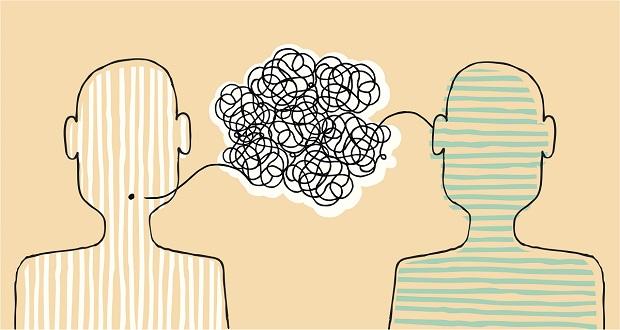
Behavioral scientists say that it takes only three seconds to form a first impression of someone. So if this is true, if the first impression is negative, the interview is essentially over. If one is not able to connect with the interviewer immediately, then it will be very difficult, even if all of the qualifications match, to be hired. Studies have shown that people weigh initial perceptions more heavily than information that they might learn later. This means that people are more likely to believe the first things they think are the truth.
Harvard social psychologist and assistant professor of business administration, Amy Cuddy, has conducted some interesting research about first impressions. Her research shows that first impressions are based on two main perceptions. Is the person warm? Are they competent? However, we perceive warmth first in the other person and it gets more weight than competence. Interestingly for self-perceptions we weigh competence more heavily.
Cuddy found that often we are not evaluating the individual but stereotypes. When we rate warmth and competence, we inevitably take cues from stereotypes linked to diversity dimensions such race, gender, age, and nationality–assuming, for example, that Italians will be emotionally warmer than Japanese.
People who are perceived as warm and competent are admired. Those who are seen as warm but incompetent are pitied; cold and competent are envied and we hold contempt for those we see as cold and incompetent.

Do our unconscious biases lead us to believe that women and people of color will be less than competent especially for certain types of jobs where these groups have been historically underrepresented? Our tendency to pity someone we perceive as warm but incompetent may lead to a no hire decision more times than it should. If the stereotype is that some Asians are cold but very competent, we might recommend hiring or not based on envy. Asian-Americans, career women, and Black professionals tend to be perceived in the cold/competent quadrant. “We respect you, there’s something you have that we like, but we kind of resent you for having it–and you’re not the majority.” This may be why these groups may be labeled as “arrogant” rather than self-assured.
Research shows that the economically disadvantaged: the homeless, welfare recipients, poor people, are put in the cold/incompetent quadrant most often as they are blamed for their problems. Working mothers are perceived as nice but less competent than working men or men and women without children.
What does all of this mean and what is the inclusion solution? It means that these issues are complex and our stereotypes and biases lead us to subjective and judgmental decisions which we are likely not aware of. The solution is to check ourselves. Ask: What is it about this person that I like or don’t like? Why do I see him/her as warm? Cold? Is it because he/she does not express warmth the way I would or I am used to? Do I have broad stereotypes about this group that are getting in the way?


















